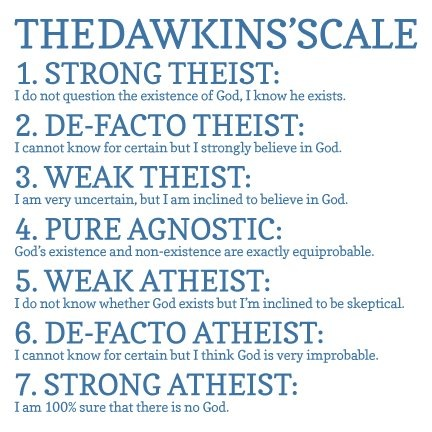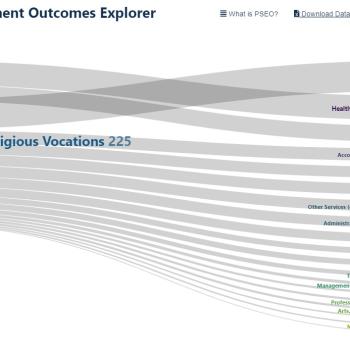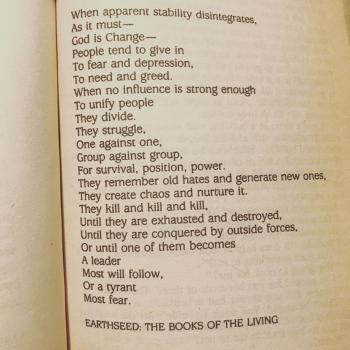The blog Unreasonable Faith asked where readers are on the Dawkins Scale (the image describing the scale is from a post on the blog Deity Schmeity):
I just finished teaching a class on the first half of David Hume’s Dialogues Concerning Natural Religion, and one of the things I mentioned as a nice feature of that work’s essentially three-way dialogue is that it highlights that matters such as the existence and nature of God are not a linear spectrum. Where on the above is there room for the modern-day scientific polytheist who thinks there might be (as Dawkins acknowledges that there could be) entities that emerged through evolutionary processes within a universe and became so powerful as to be “godlike”? Where on the above would one place a Deist, or a pantheist, or a panentheist?
I’d be interested in hearing from readers who resonate with the scale and feel that they can pick a number with little or no hesitation. But I am also curious how many feel, as I do, that the linear scale is part of the problem of the contemporary discussion about religion, and needs to be replaced with a different sort of scale with multiple axes, reflecting whether and to what extent there is an ultimate reality at all, whether it is knowable, whether analogy with human beings is appropriate, and other relevant considerations. Because where one fits on the scale may depend on which idea or model of God is in question, and in some cases, the term “theist” might not be felt to be the best fit for that viewpoint.













